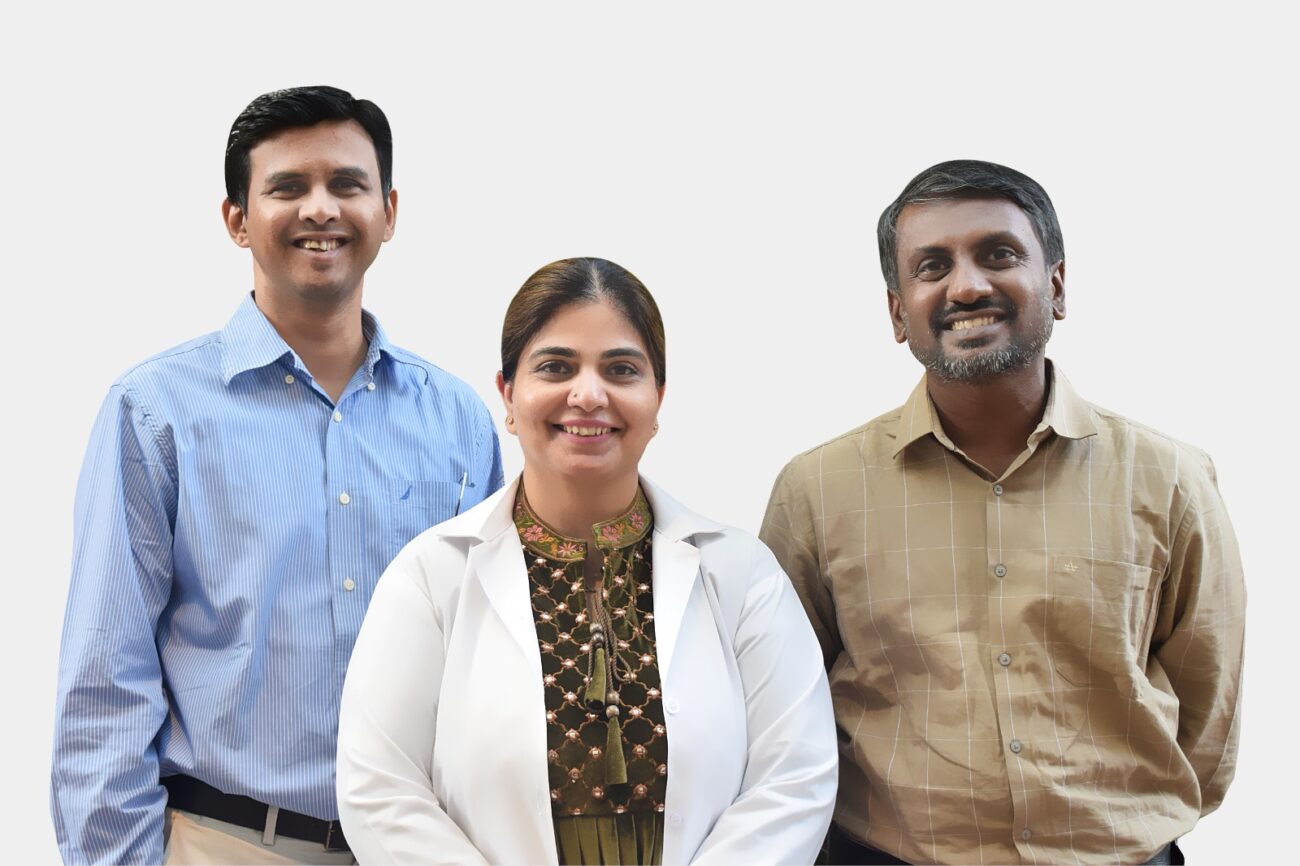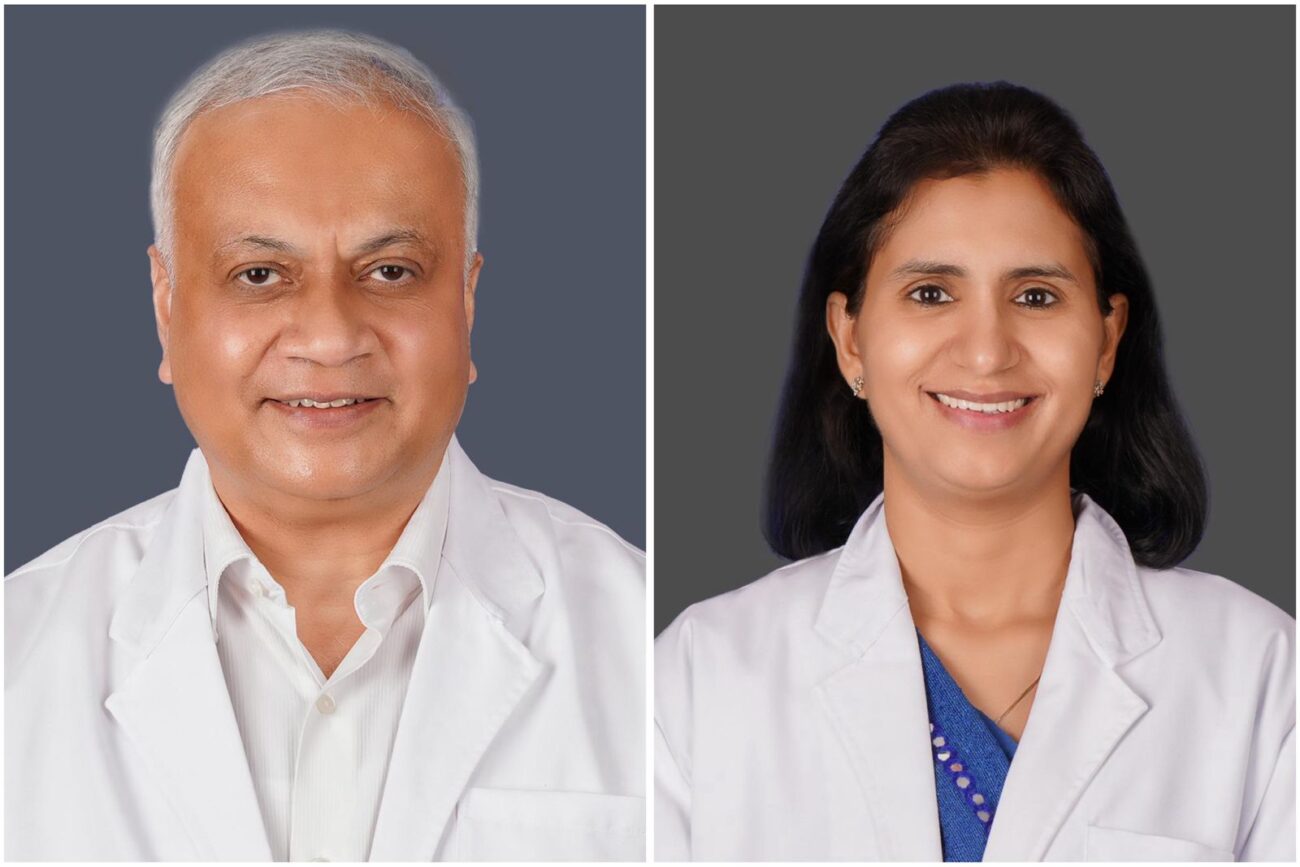Yashoda Hospitals Saves a 13-year-old Male Child Through Haploidentical Stem Cell Transplant
Yashoda Hospitals Secunderabad has successfully saved the life of a 13-year-old male child from a life-threatening disease called Familial HLH, a genetic disorder. The child was admitted with complaints of fever, low blood count, and

Yashoda Hospitals Secunderabad has successfully saved the life of a 13-year-old male child from a life-threatening disease called Familial HLH, a genetic disorder. The child was admitted with complaints of fever, low blood count, and enlarged liver and spleen. After multiple tests and a genetic workup, the child was diagnosed with the fatal disease.
Familial HLH (hemophagocytic lymphohistiocytosis) causes excessive production of T cells, natural killer cells, B cells, and macrophages, which are all types of activated lymphocytes (histiocytes). Additionally, an excessive amount of cytokines—and immune system protein—is also produced. Post-diagnosis, the immediate actions were chemotherapy and a stem cell transplant, but recurring infections like colitis (inflammation of the large intestine) and pneumonia posed a challenge for the doctors.
Once the chemotherapy treatment was over, the stem cell transplant was carried out by Dr. Karuna Kumar. This was once again complicated by a challenging circumstance where the kid did not have a HLA matched donor. The mother of the child was a half match, but this is a highly dangerous situation because it raises the likelihood of mortality. Nevertheless, the doctor went ahead, and it was a huge success.
Dr. Karuna Kumar, Consultant Hematologist, Hemato-Oncologist & Bone Marrow Transplant Physician, commented, “This case carried a high level of danger and a higher likelihood of death. We ran into a lot of obstacles during the case. Recurrent illnesses plagued the child and finding a match proved to be difficult. He suffered mucositis and a fever that persisted during the procedure. The blood count did not increase right away after the transplant, but with certain supportive therapies, it recovered nicely after 20 days. After numerous follow-up treatments on the patient’s 100th day, we were finally certain that the procedure was successful as the patient’s blood was gradually replaced by the mother’s blood. We are quite happy to report that the child has been treated and is now leading a completely normal life.”






